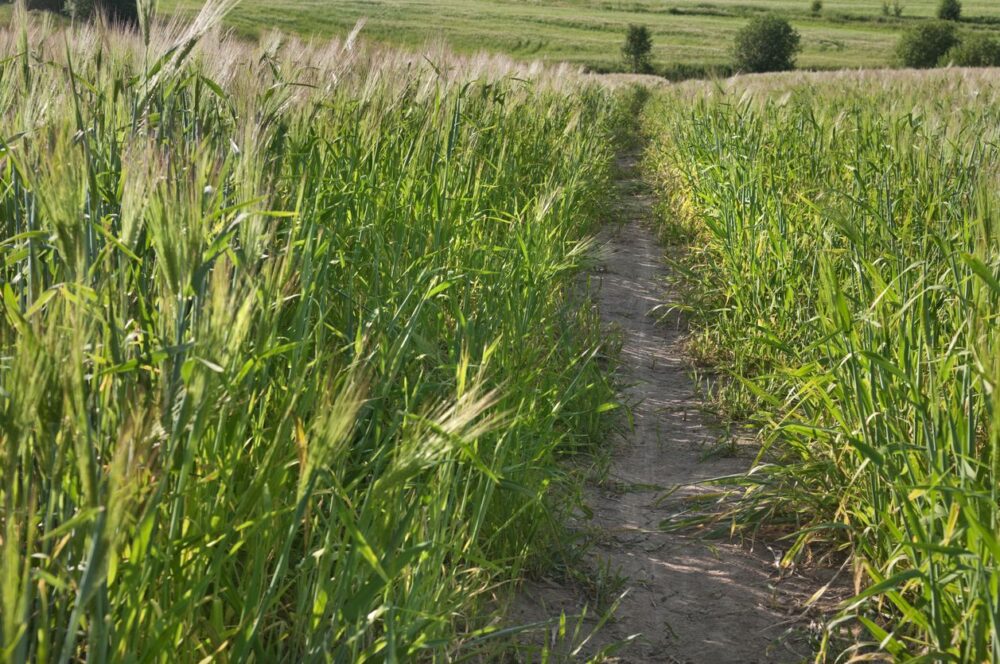- Nearly half (45%) of farmers surveyed say they are currently using cover crops for corn and/or soybeans, according to the latest Purdue University/CME Group Ag Economy Barometer report.
- The Ag Economy Barometer, which measures farmer sentiment on agricultural topics, calculates data from US agricultural producers that participate in a survey each month.
- Just 5.1% of all US acreage utilizes cover crops; overcoming the additional costs associated with cover cropping is a major reason for this.

Why it matters:
Michael Langemeier, a co-author of the Barometer, tells AgFunderNews that the percentage of farmers utilizing cover crops has remained “relatively flat” over the last two years. Throughout 2021 to 2022, for example, the number of farmers that said they used the practice ranged from 41% to 57% depending on the month.
However, he also notes that “often cover crops are utilized on only a fraction of a farm’s total acres.” According to 2017 US Census of Agriculture, the most recent year for data, just 5.1% of all acres in the US utilize cover crops. Data from the 2022 census is not yet available but would “likely be at least few percentage points higher,” notes Langemeier.
To put this in perspective, farmers have planted 94.1 million acres of corn and 83.5 million acres of soybean as of June 2023, according to the USDA.
Cost is one of the biggest reasons for the small percentage of cover crops, notes Langemeier.
“From an economic perspective, the biggest challenge associated with growing cover crops is overcoming the additional costs associated with planting and terminating cover crops, and in some cases reduced crop yields. You really need to garner some savings related to soil erosion, carbon, organic matter, and/or reduction in fertilizer usage to overcome the costs and possible yield reductions associated with cover crop usage.”
Improving soil health and erosion control are the two most common reasons for using cover crops, with 65% of July’s Ag Barometer respondents citing those factors. This is also consistent with data from 2021–2022, where a range of 58% to 70% of respondents cited these reasons.
Meanwhile, four out of five farmers (80%) said using cover crops improved soil health and yields and 15% said they improved soil health but not yields.



